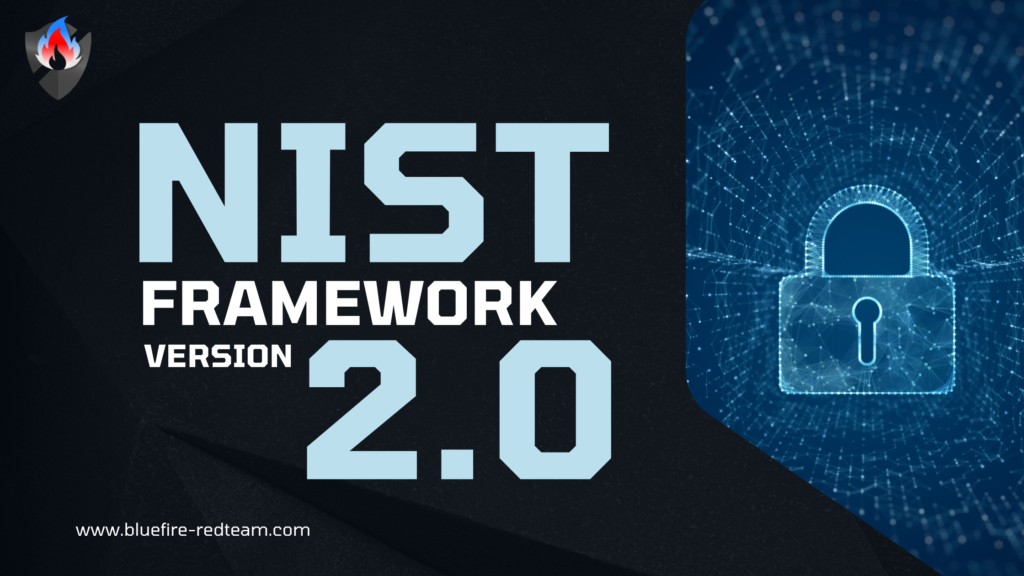In an era where digital threats loom larger by the day, the National Institute of Standards and Technology (NIST) has unveiled a monumental stride in the fight against cyber insecurity: the expanded Version 2.0 of its Cybersecurity Framework (CSF). This landmark guidance document, informed significantly by stakeholder feedback, presents an evolved blueprint designed to fortify organizations against cyber threats.
Key Enhancements and Introducing the “Govern” Function
The Cybersecurity Framework’s Version 2.0 is not merely an update; it is a comprehensive re-envisioning aimed at addressing the rapidly changing cybersecurity landscape. Among its notable enhancements is the introduction of the “Govern” function, a critical addition that seals gaps in risk management, propelling organizations towards a more holistic cybersecurity strategy. This function, alongside expanded core guidance, underscores the evolving nature of cyber threats and the necessity for adaptive, robust defensive strategies.
The “Govern” Function: A Shift in the Framework of Managing Cybersecurity
The inception of the “Govern” function marks a pivotal shift towards strategic cybersecurity governance. It emphasizes the imperative of integrating cybersecurity into the fabric of organizational governance, ensuring that cybersecurity risk management is not an isolated endeavor but a cornerstone of strategic planning. This function encapsulates six categories including Organizational Context, Risk Management Strategy, Governance, Roles and Responsibilities, Measurement and Metrics, and Continuous Improvement. In essence, it facilitates a structured methodology for mitigating cybersecurity risks, with a pronounced emphasis on governance and strategic alignment.
Navigating the Six Core Functions of the Framework
The NIST Cybersecurity Framework Version 2.0 delineates six core functions — Identify, Protect, Detect, Respond, Recover, and Govern. These functions provide a comprehensive strategy from understanding cybersecurity risks to implementing safeguarding measures and responding to cyber incidents. The introduction of the Govern function highlights the significance of decision-making processes in cybersecurity, advocating for a balanced ensemble of people, processes, and technology.
Implementation Roadmap: Aligning with NIST CSF Version 2.0
Implementing the NIST CSF Version 2.0 involves a series of strategic steps, starting from understanding the framework’s core functions to aligning organizational cybersecurity efforts accordingly. Assessing the current cybersecurity posture is essential, as is aligning with the framework to ensure comprehensive coverage of cybersecurity needs. Utilizing tools like Silverfort’s Unified Identity Protection platform can significantly aid in addressing specific subcategories, thereby enhancing the organization’s cybersecurity posture.
Challenges and Pitfalls: Navigating the Implementation Landscape
The journey to implementing NIST CSF Version 2.0 is not devoid of challenges. Organizations must grapple with understanding new functions, aligning the framework with existing processes, and ensuring adequate resource allocation. Additionally, the complexity of subcategories, the need for continuous monitoring, and stakeholder engagement present considerable hurdles. Awareness of common pitfalls, such as lack of understanding of the Govern function and poor integration with existing processes, is crucial for a successful implementation.
Concluding Thoughts: Fortifying Cybersecurity with Expertise
The Expanded Version 2.0 of the NIST Cybersecurity Framework heralds a new era in cyber defense, addressing evolving threats with enhanced guidance and the strategic Govern function. Implementing this framework is a substantial yet crucial endeavour for organizations seeking to mitigate cyber risks effectively. Addressing the implementation challenges and avoiding common pitfalls are vital steps towards achieving a robust cybersecurity posture.
For organizations looking to navigate the complexities of the NIST Cybersecurity Framework Version 2.0 and enhance their cybersecurity measures, partnering with cybersecurity experts is invaluable. Bluefire Redteam offers unparalleled cybersecurity services, providing organizations with the expertise needed to implement the NIST CSF effectively and bolster their defenses against digital threats. Connect with Bluefire Redteam today to fortify your organization’s cybersecurity.


